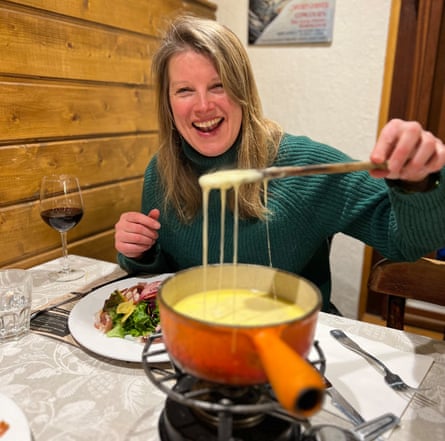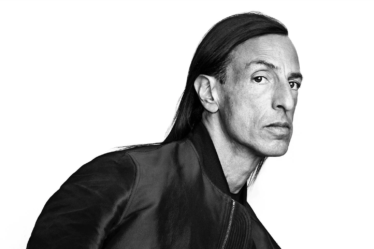
Though I have a photograph of me standing on the Great Wall of China, my sole memory of the visit is the noodles I had for lunch in a truckers’ cafe afterwards. Equally, while I know our student trip to Venice must have taken in St Mark’s Square, two decades on I can only conjure an image of cuttlefish in ink as dark as a Tintoretto devoured in a hidden trattoria (startling to callow youths expecting pizza and pasta). Exploring the city’s history through its cuisine – rice and spices from the east, salt cod from the frozen north and strudel from the years under Austrian rule – proved far more pleasurably educational than listening to my friend Rick read out endless pages of the guidebook.
While I don’t just travel to eat, it’s always a reliable shortcut to intimacy with a culture. It’s a universal language, especially when you have no shared vocabulary, as happened when we joined a table of Hong Kong pensioners for Sunday morning dim sum, and delighted them with our enthusiasm for fried duck’s tongues.
And an interest in food means you’ll never be short of something to talk about, even when you’re eating alone.
As I was quietly finishing a bowl of cassoulet at Toulouse’s Marché Victor Hugo, an older man at a neighbouring table enquired solicitously if I’d enjoyed it – “because I couldn’t help but notice it looked a bit dry”. A lively conversation followed, involving staff and other diners, and I left with several recommendations for further eating, and the pleasing sense of having been, ever so briefly, among friends.
Indeed wherever you are in the world, people are usually only too happy to open up to you about regional specialities – sometimes, if you get really lucky, they open up their homes too. Driving around Iceland a couple of years ago, I found it very easy to admire the scenery, but more difficult to engage with its few inhabitants, until I went for lunch at the Brimslóð Atelier guesthouse in Blönduós on the north coast. As chef Gísli Egill Hrafnsson deftly prepared the fish (local cod, naturally) in his home kitchen overlooking the grey Greenland Sea, I was able to quiz him on important subjects not covered in the National Museum, such as, how do you get to sleep when it’s light 24 hours a day, and what do you do if you happen across a stray polar bear?
It pays, of course, to look beyond the most obvious dining options. In the Croatian islands, my eye was caught by a ragged flyer fluttering near the ferry terminal, advertising dinners at a farm up in the hills, so I booked, attracted by the chance to see beyond the touristy coastal strip. Not only did we come away with a two-litre plastic bottle of their wine, but we got a lift from town in the back of a pick-up with a bouncy little terrier, which I enjoyed almost as much as the slow-braised octopus that followed.
Asking locals where they go out to eat also opens up neighbourhoods not normally on the visitor’s radar. Forget the pub opposite the British Museum offering “London’s best fish and chips”; Knight’s Fish Bar in West Norwood, with its picture of a young Queen Elizabeth tacked to the wall above the saveloys and pickled eggs, is less than an hour away by bus – get a seat on the top deck and you get a cheap tour of south London to boot.
The memory of the food – and the special foodie places discovered – is often the highlight of a trip, what really connects us to a place. That competitive fondue eating with friends at Le Cellier in Les Deux Alpes, or the punchy little noisette (espresso with hot milk) at Trattoria des Pistoles in Marseille’s maze-like Le Panier quarter, surrounded by the sights and sounds of everyday life, are snippets in time I cherish.
So you can keep your fancy hotels – frankly, I’d always rather spend my money on food.



